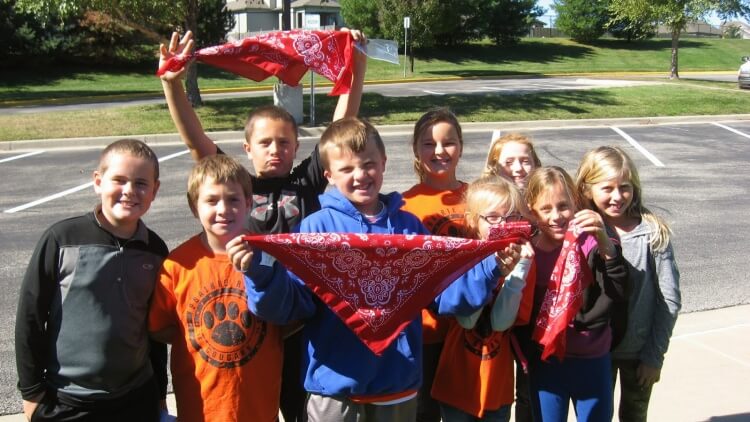I’ve read with admiration and excitement about SHAPE America’s 50 Million Strong by 2029 commitment. It’s a noble and worthy undertaking. If, or should I say “when” successful, the reduced healthcare costs will be transformational to our nation’s health and fiscal future.

As someone who works with college students and other emerging adults (18-29), I have a slightly different vantage point. Year after year I see students who were involved in physical education, athletics, dance, cheer, marching band etc., in their K-12 schooling, yet as they enter college become virtually inactive. It’s become clear to me that this transition period out of high school is a crucial crossroads in the lives of millions of young graduates each year. This is true not only with regard to physical activity and nutrition, but also on many other levels and dimensions of their lives.
In reality, students transitioning from high school to college still have much more maturing and development ahead of them. Although society sees this time point as the beginning of adulthood and self-responsibility, it’s vital that our high school graduates get the knowledge and support they need to make a successful transition to college and adulthood in a more well-reasoned, comprehensive and intentional manner. We need to approach this pivotal time in their lives with the care and emphasis it deserves, and focus on giving them a more effective and thorough preparation for the life challenges ahead of them.







